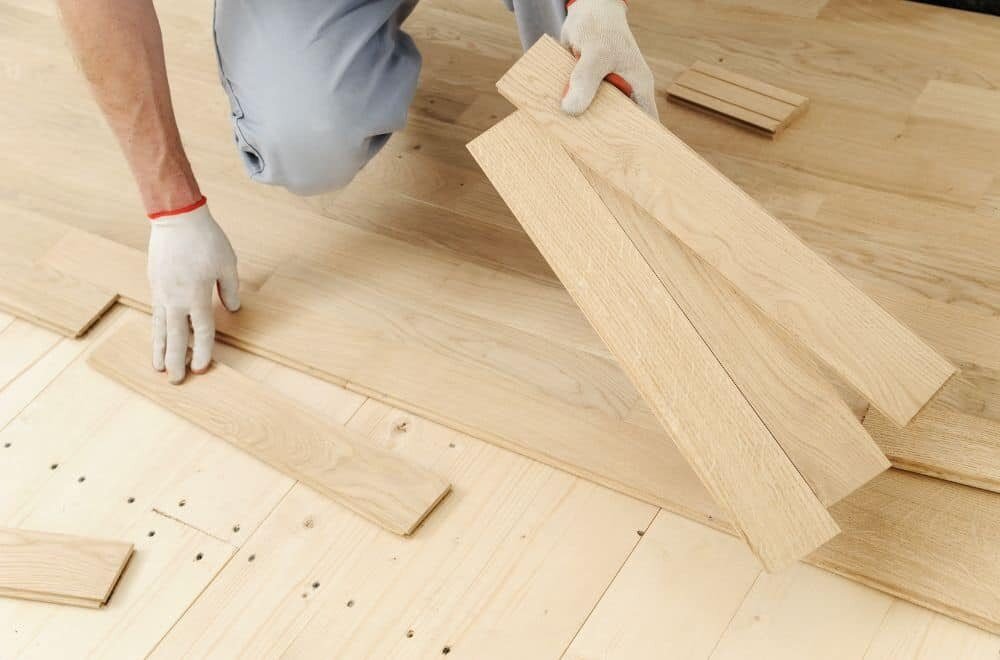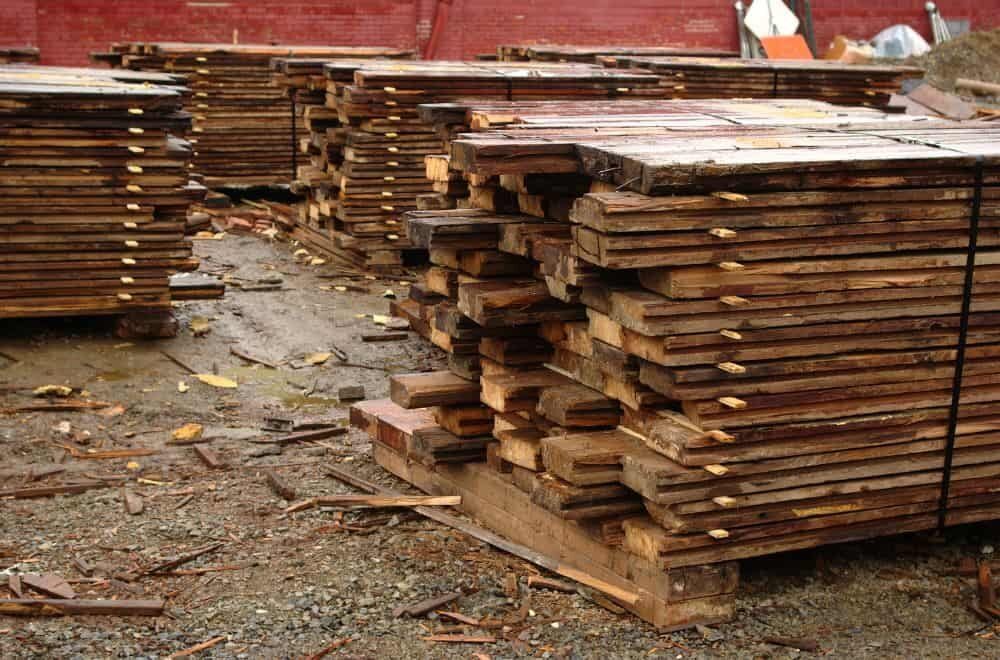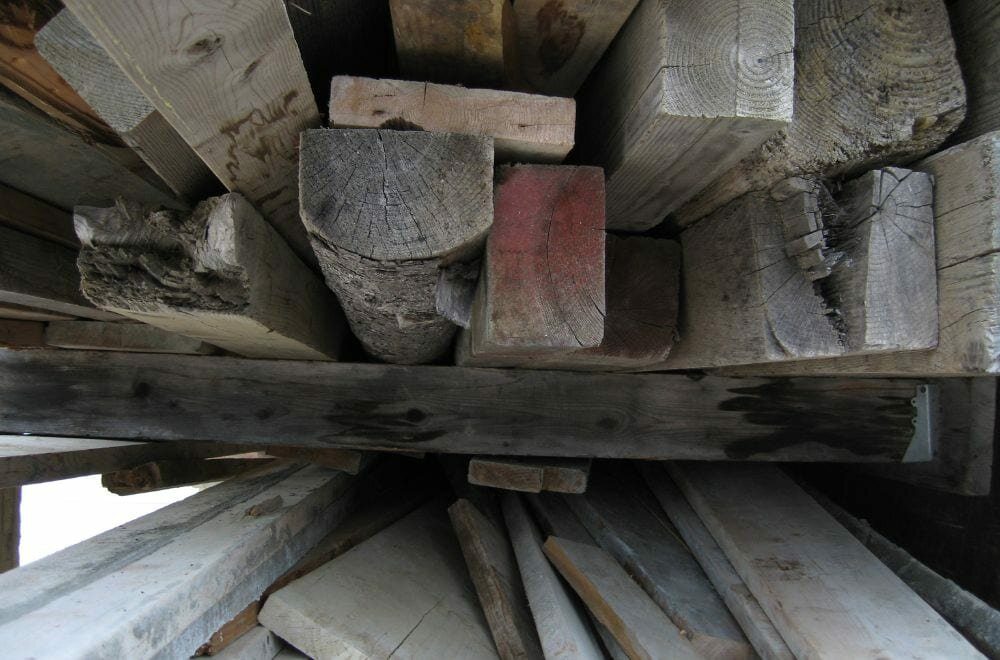Are you looking for a unique way to add some natural beauty to your home decor? Wooden flowers are a charming and creative option that can brighten up any space. Not only are they a fun DIY project, but they also make great gifts for loved ones. In this article, we will guide you through the steps of how to make wooden flowers, so you can create your own beautiful and long-lasting blooms.
To make wooden flowers, you will need some basic materials such as wood, a saw, sandpaper, wood glue, and paint. The process involves cutting the wood into petal shapes, sanding the edges, and then gluing the petals together in the desired flower shape. You can customize your wooden flowers by adding other decorative items such as beads, ribbons, and wire. Whether you want to make a bouquet of daisies or a single rose, the possibilities are endless.
With a little bit of creativity and patience, you can make wooden flowers that look just as beautiful as the real thing. Not only do they add a touch of nature to your home, but they are also a sustainable and eco-friendly alternative to traditional flowers. So, grab your tools and let’s get started on this fun and rewarding project!
Understanding the Basics of Woodworking
Woodworking is a fun and rewarding hobby that allows you to create beautiful and functional objects out of wood. It’s important to understand the basics of woodworking before you start any project. In this section, we’ll cover some of the basics you need to know before you start making wooden flowers.
Choosing the Right Wood
Choosing the right wood is an important part of woodworking. Different types of wood have different properties and are suited for different purposes. When making wooden flowers, you want to choose a wood that is easy to work with and has a nice grain pattern.
Some good woods for making wooden flowers include:
- Basswood: A soft wood that is easy to carve and has a fine grain pattern.
- Pine: A soft wood that is easy to work with and has a distinctive grain pattern.
- Cedar: A soft wood that is resistant to rot and has a pleasant aroma.
When choosing wood, make sure it is free from knots and other defects that can make it difficult to work with. You should also consider the color of the wood and how it will look when finished.
Safety Measures in Woodworking
Safety is an important consideration in woodworking. You will be using sharp tools and machines that can be dangerous if not used properly. Here are some safety measures you should take when working with wood:
- Wear eye protection: When using power tools or hand tools, wear safety glasses or goggles to protect your eyes from flying debris.
- Use sharp tools: Dull tools are more dangerous than sharp tools because they are more likely to slip and cause injury. Keep your tools sharp and in good condition.
- Keep your work area clean: Cluttered workspaces can be dangerous. Keep your work area clean and free from tripping hazards.
- Use machines safely: If you are using power tools, make sure you read the manual and follow all safety instructions. Never remove safety guards or operate a machine without proper training.
By following these safety measures, you can reduce the risk of injury and enjoy woodworking safely.
Gathering Necessary Tools
Before you start making wooden flowers, you need to gather all the necessary tools and materials. Here are the essential tools you will need:
Essential Woodworking Tools
- Wooden dowels: These will serve as the stem of your wooden flowers. You can find these at your local craft store or online.
- Floral wire: This will make the stems more flexible and sturdy.
- Wooden petals: You can either purchase pre-cut wooden petals or cut them yourself using a saw and sandpaper.
- Glue: You will need wood glue to attach the petals to the stem and to attach the petals to each other.
- Saw: You will need a saw to cut the wooden petals into the desired shape.
- Sandpaper: You will need sandpaper to smooth the edges of the petals.
- Paint: You can use any type of paint, but acrylic paint is recommended for its durability and versatility.
- Paintbrushes: You will need different sizes of paintbrushes to paint the petals and add details.
Choosing the Right Paint and Brushes
When choosing paint and brushes, consider the following:
- Acrylic paint is the best choice for wooden flowers because it is water-resistant, dries quickly, and adheres well to wood.
- Choose a paintbrush with soft bristles to prevent brush marks on the petals.
- Use a smaller brush for details and a larger brush for painting the petals.
- Consider using a sealer to protect the paint and add shine to the petals.
By gathering all the necessary tools and materials, you are ready to start making beautiful wooden flowers.
Creating the Flower Design
When it comes to making wooden flowers, the first step is to create a design for your flower. This design will serve as a guide for carving or cutting the wood into the shape of the flower. In this section, we’ll cover two important sub-sections to help you create your flower design: Sketching the Flower and Transferring the Design onto Wood.
Sketching the Flower
The first step in creating your wooden flower design is to sketch out the flower on paper. You can use a pencil and paper to create a rough sketch of the flower you want to make. Take your time and make sure to capture all the details of the flower, including the shape of the petals, the size of the flower, and any other features that make it unique.
Once you have a rough sketch of the flower, you can refine it by adding more details and making adjustments to the design. You can also use digital tools like Adobe Illustrator or Inkscape to create a more precise design for your flower.
Transferring the Design onto Wood
After creating your flower design, the next step is to transfer it onto the wood. You can do this by printing out your design on paper and then tracing it onto the wood using a pencil. Alternatively, you can use carbon paper to transfer the design onto the wood.
Once you have the design transferred onto the wood, you can begin cutting or carving the wood to create the shape of the flower. Make sure to take your time and work carefully to ensure that you create a precise and accurate representation of your flower design.
Overall, creating a flower design is an important step in the process of making wooden flowers. By following these tips and techniques, you can create a beautiful and unique wooden flower that will be a great addition to any home or garden.
Cutting and Shaping the Flower
When it comes to making wooden flowers, cutting and shaping the petals is a crucial step. Here’s how to do it:
Using a Jigsaw for Cutting
A jigsaw is a versatile tool that can be used to cut intricate shapes and curves in wood. It’s the perfect tool for cutting out the petal shapes needed for your wooden flower. Follow these steps to use a jigsaw for cutting:
-
Choose the right blade: For cutting wood, a blade with a high tooth count is best. Look for blades labeled “wood” or “fine.”
-
Clamp the wood: Secure the piece of wood you’ll be cutting to a workbench or table with clamps. This will keep the wood from moving while you cut.
-
Mark the petal shape: Use a pencil to draw the shape of the petal onto the wood. You can use a template or draw freehand.
-
Cut the shape: Turn on the jigsaw and carefully guide the blade along the pencil line. Take your time and be patient. It’s better to go slow and get a clean cut than to rush and make mistakes.
Sanding the Edges
After cutting out the petal shapes, you’ll need to sand the edges to smooth them out and remove any rough spots. Here’s how to do it:
-
Choose the right sandpaper: For sanding wood, a medium-grit sandpaper (around 120 grit) is a good choice.
-
Sand the edges: Hold the sandpaper at a 45-degree angle to the edge of the petal and sand in a back-and-forth motion. Be sure to sand all the way around the edge of the petal to get a smooth, even finish.
-
Check your work: After sanding, inspect the edges of the petal for any rough spots or jagged edges. If you find any, sand them down until the edge is smooth.
By following these steps, you’ll be able to cut and shape the petals for your wooden flower with ease.
Painting and Finishing
Once you have assembled your wooden flower, it’s time to add some color and finish it off. Here are some tips to help you paint and finish your wooden flowers:
Applying the Base Coat
The first step in painting your wooden flower is to apply a base coat. This will help the paint adhere to the wood and provide a smooth surface for the topcoat. You can use any type of paint for the base coat, but acrylic paint is a good choice because it dries quickly and is easy to work with.
To apply the base coat, use a small brush or foam brush and apply the paint in thin, even strokes. Be sure to cover the entire surface of the flower, including the petals and stem. Let the paint dry completely before moving on to the next step.
Adding Details with Paint
Once the base coat is dry, you can add details to your wooden flower with paint. Use a small brush to paint the details, such as the veins on the petals or the center of the flower. You can also use different colors to create a more realistic look.
If you’re not confident in your painting skills, you can use stencils or stamps to add details to your wooden flower. Simply place the stencil or stamp on the flower and apply paint with a brush or sponge.
Sealing the Wood
After you have finished painting your wooden flower, it’s important to seal the wood to protect it from moisture and dirt. You can use a clear coat of polyurethane or a wood sealer to seal the wood.
To apply the sealer, use a brush or spray bottle and apply a thin, even coat to the entire surface of the flower. Be sure to let the sealer dry completely before handling the flower.
By following these simple steps, you can add color and detail to your wooden flowers and protect them from damage.
Displaying Your Wooden Flowers
After creating your beautiful wooden flowers, it’s time to display them! Whether you want to create a flower arrangement or attach them to a wall or surface, there are different ways to showcase your wooden flowers. Here are some tips:
Creating a Flower Arrangement
One way to display your wooden flowers is by creating a flower arrangement. This can be done in a vase, a basket, or any other container of your choice. Here are some steps to follow:
-
Choose your container: Select a container that matches the style and size of your wooden flowers. A clear vase can show off the stem of the flowers, while a basket can give a rustic feel.
-
Add filler: Use some filler material, such as moss or small stones, to create a base for your wooden flowers.
-
Arrange your flowers: Start arranging your wooden flowers in the container. Place the taller flowers in the back and the shorter ones in the front. You can also mix and match different colors and shapes.
-
Adjust: Once you have arranged your flowers, step back and take a look. Make any necessary adjustments until you are happy with the final result.
Attaching to a Wall or Surface
Another way to display your wooden flowers is by attaching them to a wall or surface. This can be done using adhesive strips, hooks, or nails. Here are some steps to follow:
-
Choose your location: Decide on the location where you want to hang your wooden flowers. Make sure it is a flat surface and that you have enough space.
-
Prepare your flowers: If your wooden flowers have stems, you can trim them to the desired length. If they don’t have stems, you can attach a wire or string to the back.
-
Attach your flowers: Use adhesive strips or hooks to attach your wooden flowers to the wall. If you prefer, you can also use nails. Make sure to space them evenly and at the same height.
-
Adjust: Once you have attached your flowers, step back and take a look. Make any necessary adjustments until you are happy with the final result.
By following these tips, you can create a beautiful display of your wooden flowers that will add a unique touch to any room.

 When it comes to woodworking, choosing the right type of wood is essential. There are many different types of wood available, each with its own unique properties and characteristics. Some woods are more expensive than others, while some are more durable or easier to work with.
When it comes to woodworking, choosing the right type of wood is essential. There are many different types of wood available, each with its own unique properties and characteristics. Some woods are more expensive than others, while some are more durable or easier to work with.
